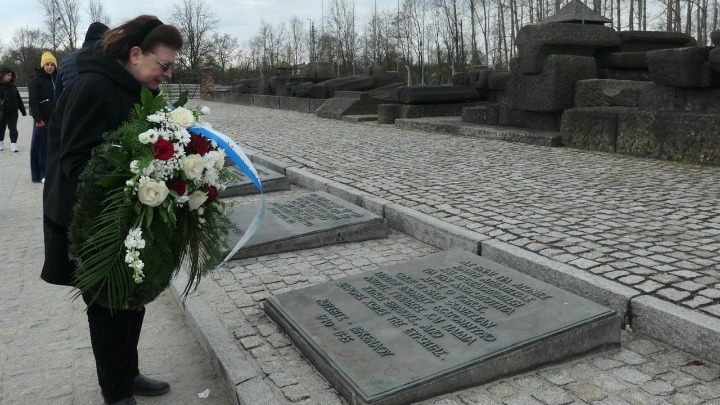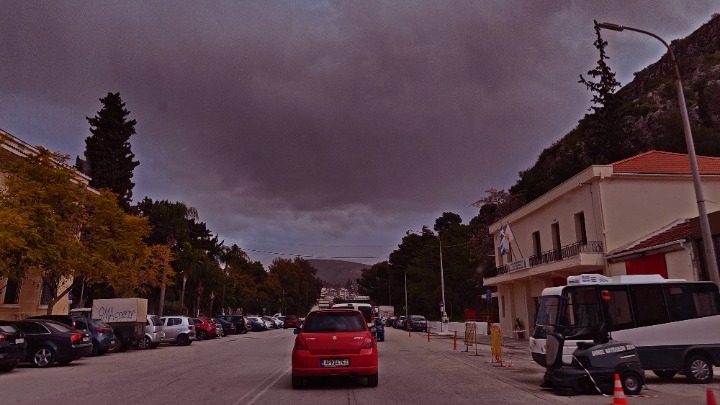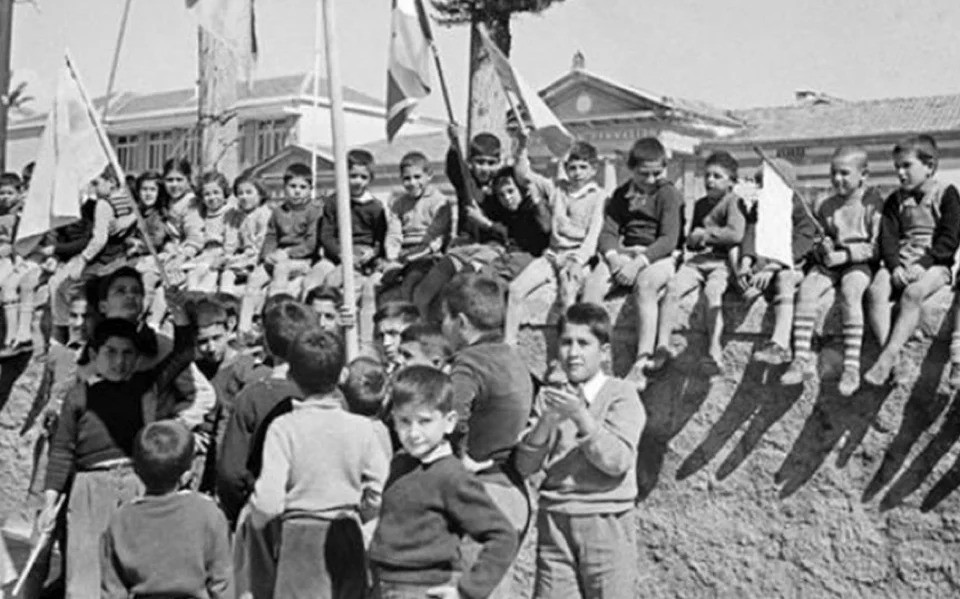Remembering the Great Ionian Earthquake of 1953
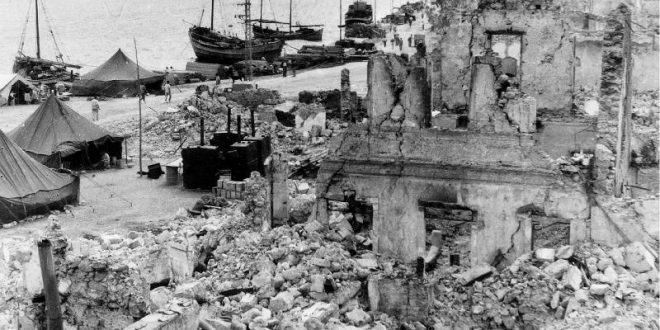
The Disastrous Earthquake of 1953 in Kefalonia, in the Ionian: One of the greatest disasters to ever befall the Greek island of Kefalonia was the earthquake of 1953. An earthquake like this was bound to happen on this island eventually as this island is just east of a major tectonic fault. This is where the European and the Aegean plates meet.
In August of 1953, there were actually four earthquakes that hit the island. These earthquakes destroyed almost every house. The worst earthquake measured 7.3 on the Richter scale. The center was on the southern tip of the island and raised by 60 cm. The watermarks on rocks around the coast bear testimony to this fact. The only areas that escaped destruction were on the northern side.
The worst blow to the economy was that most of the residents left the island to live elsewhere. This left only a few residents on the island. 600 people died and the survivors who did not leave the island rebuilt everything. The new buildings were built according to strict anti-earthquake specifications.
The island did receive international help. It got the most help from the United States, Britain, Sweden, and Norway. The first ship to help the island was the British Royal Navy’s, HMS Daring. A street in the town of Argostoli is named after this ship. Argostoli was home to many Venetian buildings, which were completely destroyed by the earthquake. They were rebuilt, but are now said to look like cement bunkers.
The beauty of the originals was somehow lost in the rebuilding. The old mansions and bell towers were destroyed as well. Only two houses and a bridge survived the earthquakes of 1953. The village of Sami on Kefalonia was also completely wrecked. The village was rebuilt with wide streets and pre-fabricated cement houses. As a result, it now looks like an English resort town. The town of Fiskardo was one of the few towns that felt no ill effects. You can see quite picturesque Venetian houses that were built before 1953.
Agia Ierosalim is another village that managed to escape the effects of the earthquakes. It has the same Venetian houses as Fiskardo. However, the village of Assos was not as lucky as Fiskardo and Agia Ierosalim. It was completely destroyed and reduced to rubble. For some reason, the French were in love with this town, it could have been because of the landscape. The French used their money to completely rebuild this village. The villagers showed their gratitude to the French by putting up a plaque thanking them in French and Greek. They created a new square and called it Paris.
The Korgialenio Folk Museum used to have many photos of Argostoli and other historical documents before it was damaged by the earthquakes of 1953. The village of Kourkoumelata was completely destroyed and rebuilt by the shipowner named Giorgios Vergotis. The mill-wheels that are near Argostoli were also ruined.
The worst earthquake was also felt on the Greek islands of Zakynthos, Ithaca, and Lefkada. These earthquakes are described in the book called Captain Corelli’s Mandolin. The Drapano Cemetery was not affected by earthquakes of 1953. The Monastery of Saint Andreas, however, was not spared, as it suffered untold damage. It was renovated and turned into a museum that holds icons and frescoes from abandoned Kefalonian churches.
The former Byzantine convent of Agios Andreas was nearly destroyed by the earthquakes, which took the plaster off the walls and revealed 16th-century frescoes. Another good thing about these earthquakes was the discovery of the underground lake of Melissani.
A terrible week in Ionian history
This date is a sombre one in the history of the island of Zakynthos, when the island was shaken by one of the worst earthquakes the area ever experienced. This event was actually series of earthquakes that began on the 8 August 1953, building up to a large earthquake on the 12 August 1953 that caused a lot of damage, and sadly a number of deaths. As well as the main earthquakes there were hundreds of tremors and aftershocks that affected the island, and left a devastating trail of destruction in its wake.
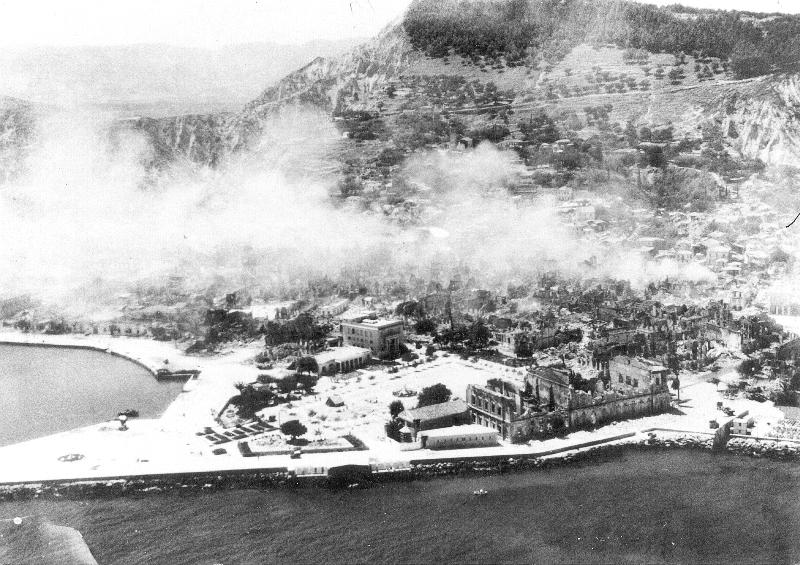
The episode, now called the Great Ionian Earthquake, began on the 08 August 1953 when a number of tremors disturbed the island. Zakynthos was then hit by a large earthquake on 9 August 1953 that damaged many buildings, especially on the eastern side in Zakynthos Town. Shaken but unhurt, islanders dusted themselves down and continued on, clearing up the damage that had occurred, whilst trying to get back to normal, albeit through aftershocks and mild uncertainty.
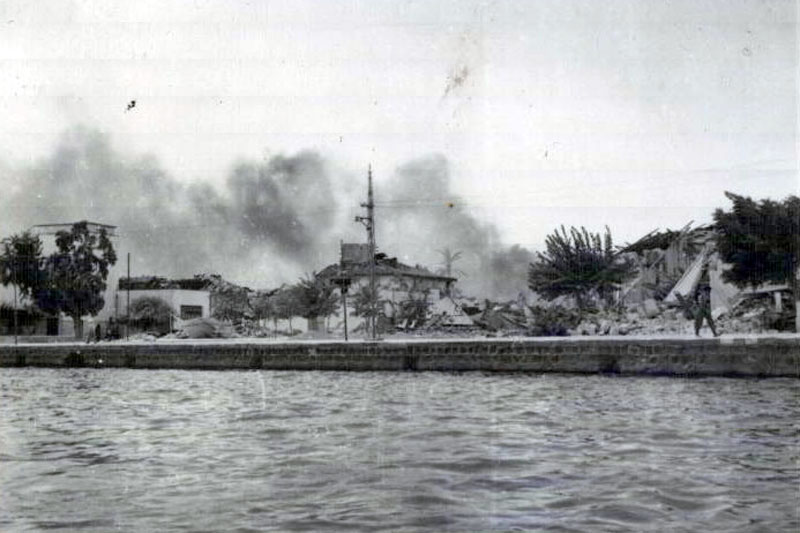
Two days later on the 11 August 1953 another large earthquake hit the island, damaging more buildings, making many of them collapse, rendering them uninhabitable. Islanders tried their best to carry on but it was hard for them, as the previous few days had been full of tense worry. The tremors had continued to be felt and there was a lot of damage, some of which was now unrepairable. Little did the Zakynthians know that the worst was yet to come, and it wasn’t long before both Zakynthos and Kefalonia were dealt a devastatingly hard blow.
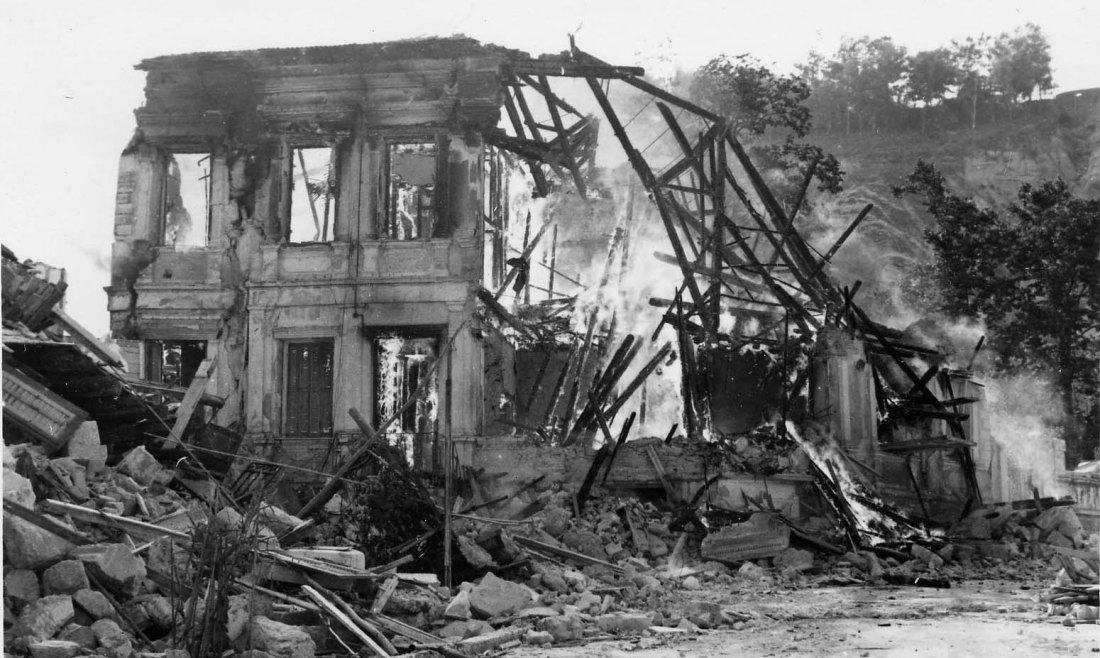
At 11.23 am, the following morning – the 12 August, 1953 – a magnitude 7.2 earthquake rattled the entire area. It jolted both Zakynthos and Kefalonia, not only destroying the majority of what had been left standing from the previous few days seismic activity, but the earthquake and damage was swiftly followed by raging fires. Although most of the island felt the earthquake and endured some damage, the Eastern side of the island, most notably Zakynthos Town was hit the hardest. Panicked, and fleeing falling buildings, many Zakynthians in the main streets of Zakynthos Town became trapped, and around eighty people died; hundreds more were injured. Much of the town, that wasn’t already badly damaged, was razed to the ground leaving only three buildings standing – the Church of St Dionysius, the National Bank and a school in the Ammos area. Disaster had struck and many Zakynthian people found themselves homeless, hungry and scared.
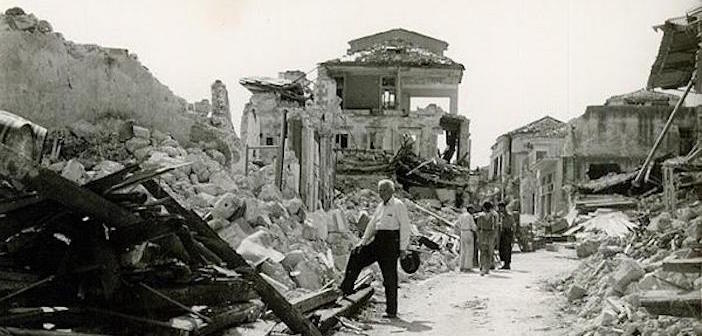
Help comes from afar
Whilst islanders tried to come to terms with what had happened, help swiftly made its way to the island. HMS Bermuda and HMS Gambia were the first to arrive on the scene and four Israeli ships weren’t far behind, making their way to Kefalonia to assist the neighbouring island, who had been affected just as badly. As the ships docked in Zakynthos Town, Zakynthians were given food, water and medical treatment. Tents were set up in Solomos Square to help those who were dispossessed, and the Royal Navy crew pitched in wherever they were needed. Some stretchered the wounded, others dug through rubble to rescue those who were missing or to help find much treasured possessions, others helped distraught islanders find loved ones they had been separated from.
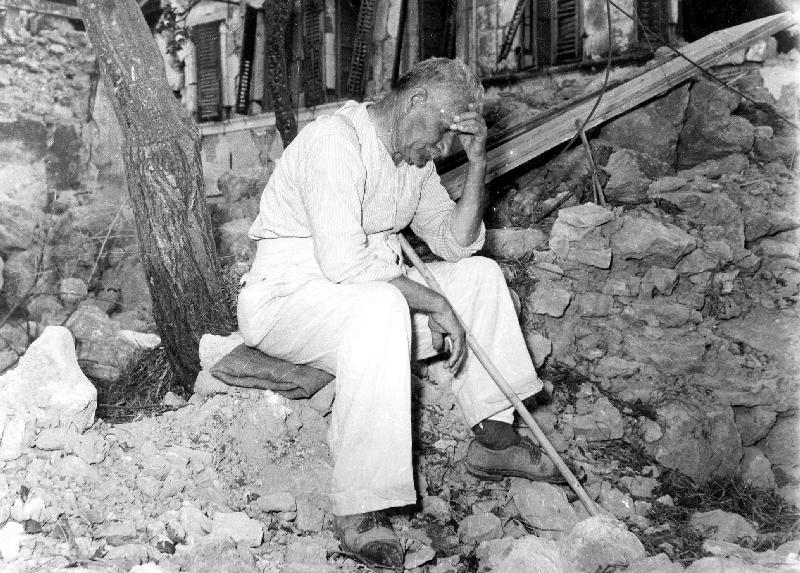
An archaeologist who was staying on the island with family at the time, noted that the School in the Ammos area was used to house any rescued icons, statues and other historical items that had been retrieved from damaged or destroyed buildings. These items were important to the islanders and many locals as well as the school teachers pitched in to help save as much as they could. The archaeologist helped with the inventory and it’s down to the hard work of those who saved them that these precious items are still with us today. Sadly however, the library in Zakynthos Town that housed many great papers and historical texts, including information from WW2, was burned to the ground and all the contents were lost.
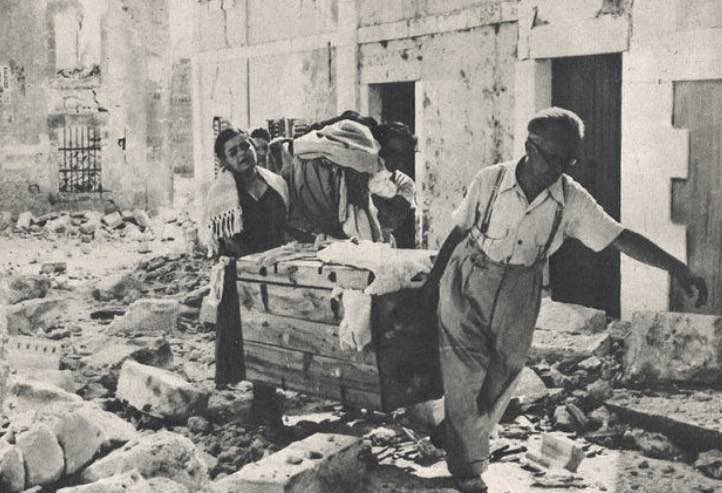
An island rebuilds
Over time, Zakynthos Town was cleared, new homes and businesses were built and injures healed. Sadly much was lost though, and families grieved for loved ones, but the island did rebuild and live on. No one can ever begin to imagine what Zakynthos or Kefalonia went through during that week, as the island was struck by so many earthquakes. To lose so many people, buildings and possessions hit the island hard, and it’s a time that still lives in the minds of those who went through it, but the strength and determination of the Greek people showed itself and helped them through this awful time.
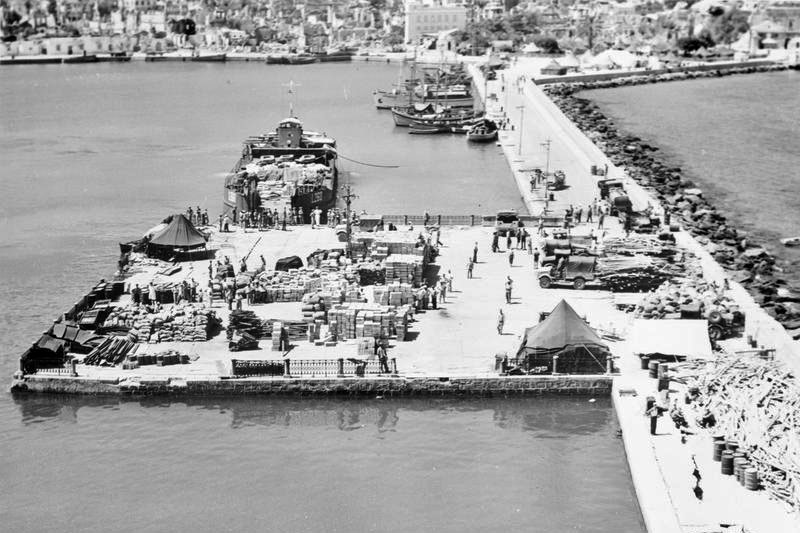
Today, we not only remember what happened in August 1953, but we also thank the incredible bravery of those who came to Zakynthos’ rescue and helped the island when it was needed the most. Most of all though, we remember those who tragically lost their lives. They can never be replaced but neither will they be forgotten, and we keep the survivors in our thoughts, as they endure a loss they carry with them daily. The Great Ionian Earthquake may have tried to bring the island to its knees, but the island survived. Zakynthos was rebuilt and flourished once more, and will continue to do so. The buildings in Zakynthos Town were re-built, learning from the past, making them stronger and to earthquake code, ensuring they are able to withstand this kind of event if it were ever to happen again.
Source: greeka.com / zakynthosinformer


